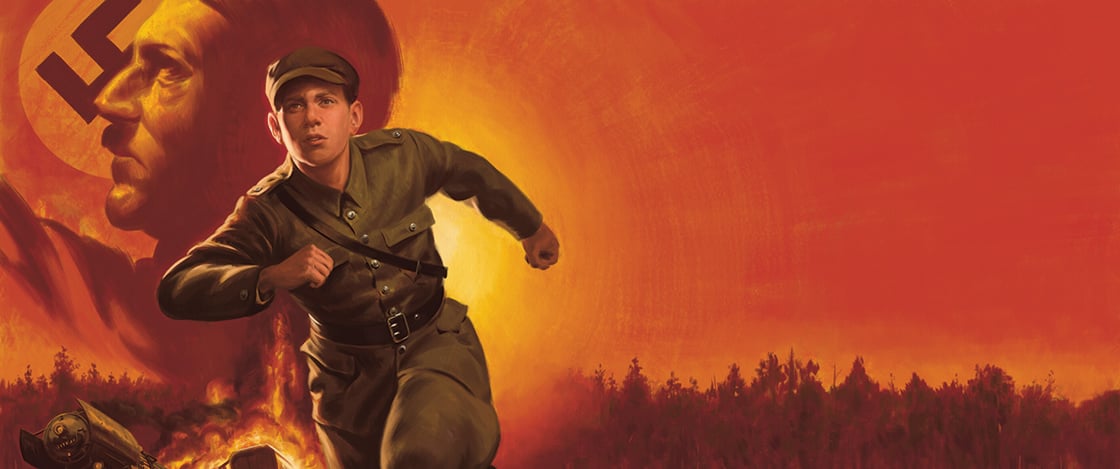JEWISH PARTISAN EDUCATIONAL FOUNDATION
Ben Kamm
You probably know a kid like Ben Kamm—the boy with big ideas and a quick smile, the one who will lead you off on an adventure and make sure you get home safely.
Ben grew up in a different place and time than you—in Warsaw, Poland, in the 1920s and ’30s. But he was enough like you and your friends that you should be able to picture him: short but strong, his clothes rumpled from wrestling with his little brothers, his eyes bright and playful.
Try to imagine Ben running through the crowded city streets with his friends, zigzagging around finely dressed ladies and fruit sellers and men with long, gray beards. You can hear him laughing with his friends and shouting goodbyes as they all head home for dinner.
But wait, do you hear that too?
As Ben walks by a neighbor, the man hisses something in Polish.
Brudny Zyd.
Dirty Jew.
Ben’s skin prickles, but he doesn’t glance at the man. The truth is that he is used to these words. Anti-Semitism—prejudice against Jewish people—is a fact of life in Warsaw, as it is in many European cities.
Like most of Warsaw’s 350,000 Jews, Ben tries not to think too much about it. The man’s words are like the bitter wind that blows off the nearby Vistula River. Ben shivers for a few moments. But he holds his head up and keeps walking. He quickly forgets about the man.
Keep picturing Ben in your mind as he walks up to his spacious apartment, where his four little brothers happily pounce on him, where his father looks up from his evening paper and smiles, where his mother serves a delicious dinner in their cozy dining room.


